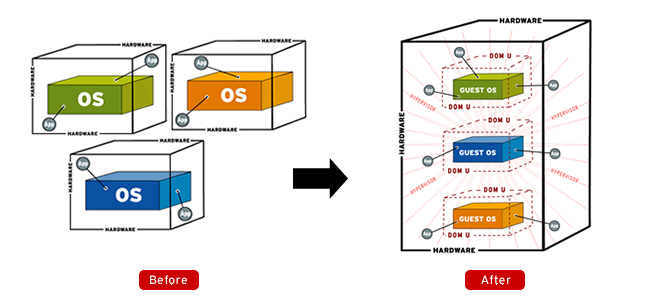Understanding Virtualisation

Understanding Virtualisation In computing, virtualisation refers to the act of creating a virtual (rather than actual) version of something, including virtual computer hardware platforms, storage devices , and computer network resources 1 . OS Virtualisation Operating system virtualisation refers to the use of software to allow system hardware to run multiple instances of different operating systems concurrently, allowing you to run different applications requiring different operating systems on one computer system . The operating systems do not interfere with each other or the various applications. 2. Application-Server Virtualisation Server virtualisation is the partitioning of a physical server into smaller virtual servers to help maximise your server resources. In server virtualisation the resources of the server itself are hidden, or...


